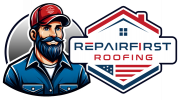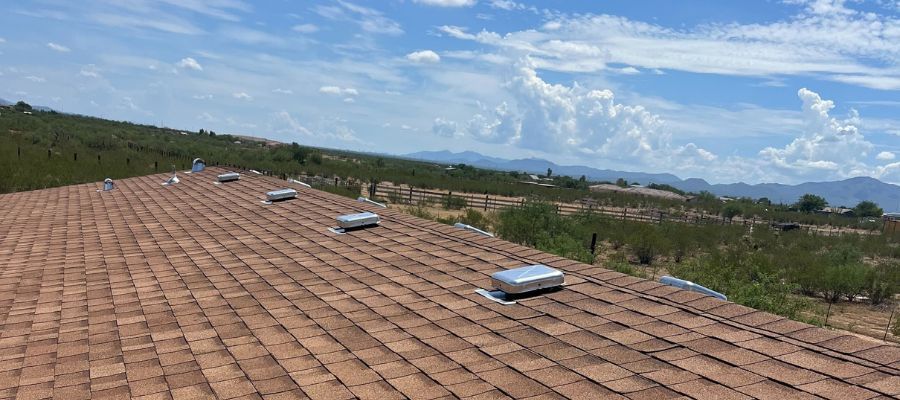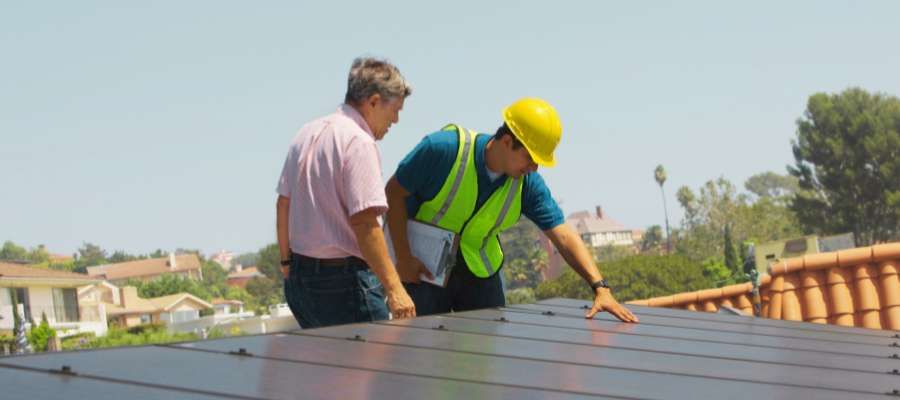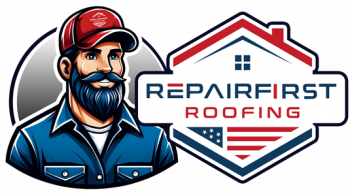How UV Rays Affect Your Roof and What You Can Do About It
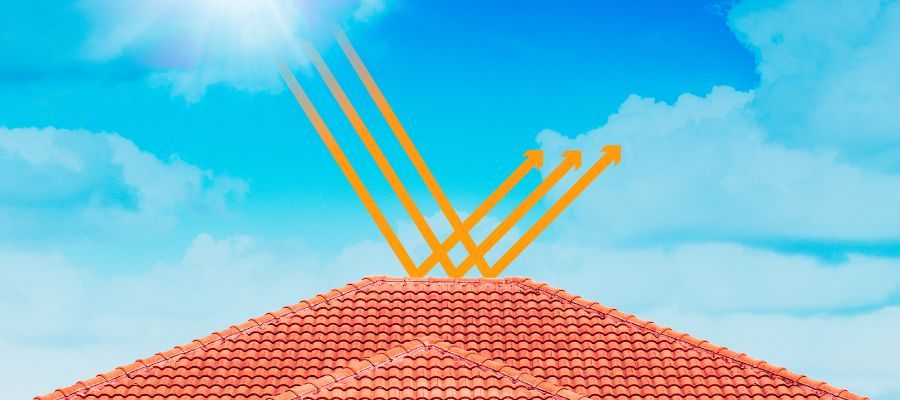
How UV Rays Affect Your Roof and What You Can Do About It
Tucson’s sunny climate is one of its biggest attractions, but the relentless exposure to ultraviolet (UV) rays can take a toll on your roof over time. While the sun provides warmth and light, it also emits UV radiation that can damage roofing materials, leading to a range of issues from fading to structural deterioration. Understanding how UV rays affect your roof and taking steps to mitigate this damage is essential for maintaining the longevity of your roof. In this blog, we’ll explore the impact of UV rays on different roofing materials and what you can do to protect your roof.
The Impact of UV Rays on Roofing Materials
UV rays are a type of electromagnetic radiation that can cause significant damage to roofing materials, especially when exposure is prolonged. Here’s how UV rays affect some of the most common roofing materials:
Asphalt Shingles
Asphalt shingles are popular for their affordability and durability, but they are also susceptible to UV damage. Over time, UV rays cause the asphalt to dry out and become brittle, leading to cracks and granule loss. This degradation not only reduces the shingles’ ability to protect your home but also shortens the overall lifespan of the roof.
Wood Shingles and Shakes
Wood shingles and shakes can be particularly vulnerable to UV radiation. The sun’s rays cause the wood to dry out and bleach, leading to fading and a loss of natural oils that keep the wood supple. This can result in cracking, splitting, and warping, which compromise the roof’s structural integrity and aesthetics.
Metal Roofing
While metal roofing is highly durable, prolonged exposure to UV rays can cause the paint or coating to fade over time. Additionally, the expansion and contraction of metal due to temperature fluctuations, combined with UV exposure, can lead to the gradual weakening of seams and fasteners.
Tile Roofing
Tile roofs, made of clay or concrete, are generally resistant to UV damage, but they are not immune. The intense heat generated by UV rays can cause the tiles to expand and contract, leading to cracks and, eventually, broken tiles. The protective coating on tiles can also degrade, reducing their ability to reflect sunlight and insulate your home.
What You Can Do to Protect Your Roof from UV Damage
While UV damage is inevitable in a sunny climate like Tucson’s, there are several steps you can take to protect your roof and extend its lifespan:
Apply a Reflective Coating
One of the most effective ways to protect your roof from UV damage is by applying a reflective coating. These coatings are designed to reflect the sun’s rays, reducing the amount of heat absorbed by the roof and minimizing UV damage. Reflective coatings are particularly beneficial for flat or low-slope roofs, as they help keep the roof surface cooler and prevent the breakdown of roofing materials.
Regular Roof Inspections
Regular roof inspections are crucial for identifying early signs of UV damage and addressing them before they escalate. During an inspection, a professional roofer can check for cracked, curled, or missing shingles, fading, and other indicators of UV-related wear and tear. Catching these issues early allows for timely repairs and helps prevent more significant damage down the road.
Install UV-Resistant Roofing Materials
When it’s time to replace your roof, consider installing UV-resistant materials. Some roofing products are specifically designed to withstand prolonged UV exposure and maintain their integrity longer than standard materials. Metal roofing with UV-resistant coatings, high-quality asphalt shingles with protective granules, and UV-protected tile roofs are all excellent choices for Tucson homeowners.
Maintain Proper Roof Ventilation
Proper ventilation plays a key role in protecting your roof from UV damage. A well-ventilated roof allows hot air to escape from the attic, reducing the overall temperature of the roof and minimizing the expansion and contraction of materials. This not only helps prevent UV damage but also improves your home’s energy efficiency.
Trim Overhanging Trees
While not directly related to UV rays, trimming overhanging trees can help reduce the amount of sunlight that hits your roof. By providing partial shade, trees can lessen the impact of UV radiation on your roofing materials. However, be cautious about branches that could fall and damage the roof during storms.
Frequently Asked Questions
How often should I have my roof inspected for UV damage?
It’s recommended to have your roof inspected at least once a year, ideally in the spring or fall. However, in a sunny climate like Tucson’s, you may want to consider bi-annual inspections to catch UV damage early and keep your roof in top condition.
Can I apply a reflective coating myself?
While some homeowners may choose to apply reflective coatings themselves, it’s best to hire a professional roofer. Proper application is crucial to ensuring the coating is effective, and a professional can help you choose the right product for your specific roofing material.
What are the signs of UV damage on a roof?
Common signs of UV damage include cracked, curled, or missing shingles, faded or bleached areas, and granule loss on asphalt shingles. If you notice any of these issues, it’s important to schedule an inspection with a professional roofer.
Is metal roofing more resistant to UV rays than other materials?
Metal roofing is generally more resistant to UV damage than materials like asphalt or wood, especially when coated with UV-resistant finishes. However, it’s still important to maintain and inspect metal roofs regularly to ensure they remain in good condition.
How long does a reflective roof coating last?
The lifespan of a reflective roof coating depends on the type of coating and the quality of application. On average, these coatings can last between 5 to 10 years. Regular maintenance and reapplication as needed can extend their effectiveness.
Conclusion
UV rays are a significant factor in the wear and tear of roofs, particularly in sunny climates like Tucson’s. Understanding how UV rays affect different roofing materials and taking proactive steps to protect your roof can help extend its lifespan and save you money on repairs. Whether it’s applying a reflective coating, choosing UV-resistant materials, or scheduling regular inspections, investing in your roof’s protection is key to maintaining a safe and comfortable home.
At Repair First Roofing, we offer expert roofing services to help you protect your roof from UV damage. Contact us today to schedule an inspection or learn more about how we can help you keep your roof in excellent condition.
You May Also Like
